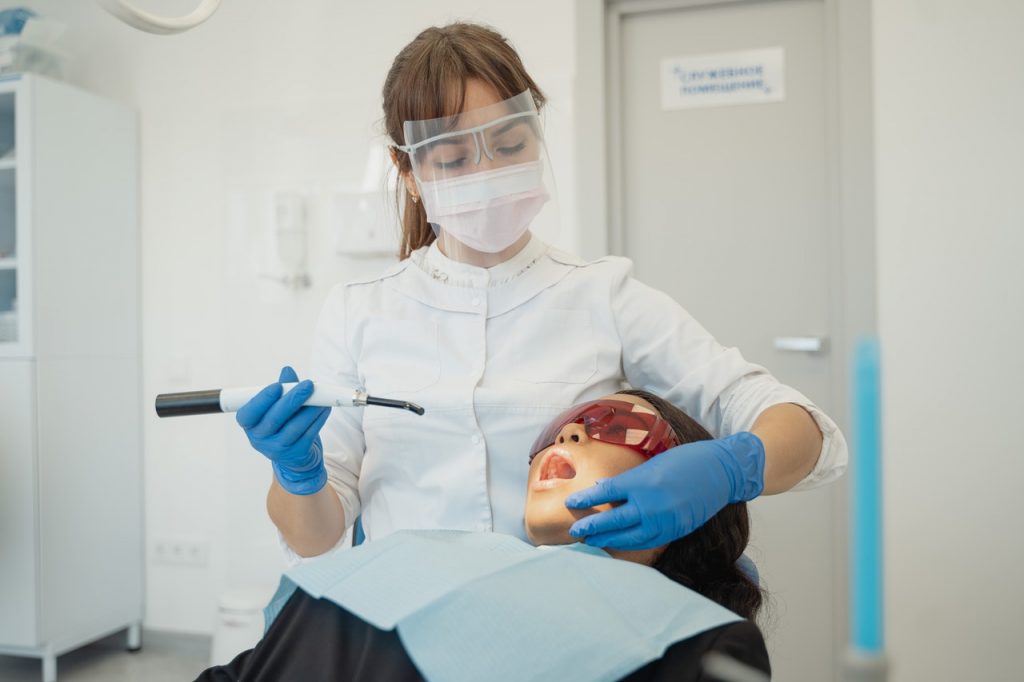When it comes to your oral health, you know what’s best.
So, when looking for a permanent solution to missing teeth, you may already have an idea of which restorative method you would prefer to use.
In 2020 there are more options than ever before for replacing missing teeth. Depending on your age, oral hygiene and general preference, a particular method may already have been recommended to you by your dental team.
In this article, 2 of the most commonly used restorative methods for the replacement of a missing tooth or teeth will be discussed, along with key points relating to their maintenance, comfort and aesthetics.
Oral implants vs fitted bridges
Dental implants in Spa Dental Sydney CBD have changed the way many people think about dentistry. Affixed to the jaw, they offer an immovable and permanent solution to missing teeth. If you are uncomfortable with undertaking such a radical kind of surgery however, you may prefer something that can be attached more quickly and easily such as the fitted bridge.
But which option best suits you?
Attachment
Dental implants from Spa Dental Sydney CBD will require 3D scans, X-Rays followed by surgery to affix the implant to your jaw. You will need to wait for up to 6 months post surgery (depending on the implant type) before your dentist can attach the prosthetic tooth or teeth.
A fitted bridge will require your dental team to prepare the surrounding natural teeth and take a mould of your gum line. There will be a 2-week wait before the bridge arrives back from the laboratories. No surgery is required, just the attachment of the bridge to the prepared teeth by your dentist. Simple really!

Aftercare
With fitted bridges, aftercare is minimal. Simply continue brushing your teeth as you have always done.
With dental implants near Spa Dental Sydney CBD, you will need to swirl saltwater and avoid hard foods, smoking and drinking. You will need to attend your dental surgery for the removal of any stitches.
Maintenance
Once the prosthetics have been affixed, both options require very little maintenance. Simply brush and floss as you always have and attend your regular 6 monthly check-ups.
Comfort
Oral implants can present the obvious issue of discomfort once they have been fitted.
Once at home, many patients experience a sensation similar to bruising under their gum line with soreness and inflammation of the gum. This is all normal, though a little unpleasant. With a fitted bridge there is no discomfort, no movement and certainly no sensation of bruising. This makes it the more comfortable of the 2 procedures.
Longevity
Both of these procedures are dependent on the overall health of your mouth.
By maintaining good oral hygiene, a fitted bridge should last on average between 10-30 years. Well maintained oral implants will also last for a significant period of time, but are more susceptible to problems than a fitted bridge due to issues occurring from lifestyle factors, such as inflammation.
DISCLAIMER
Any surgical or invasive procedures carry risks. Before proceeding you should seek a second opinion from an appropriately qualified health practitioner.

